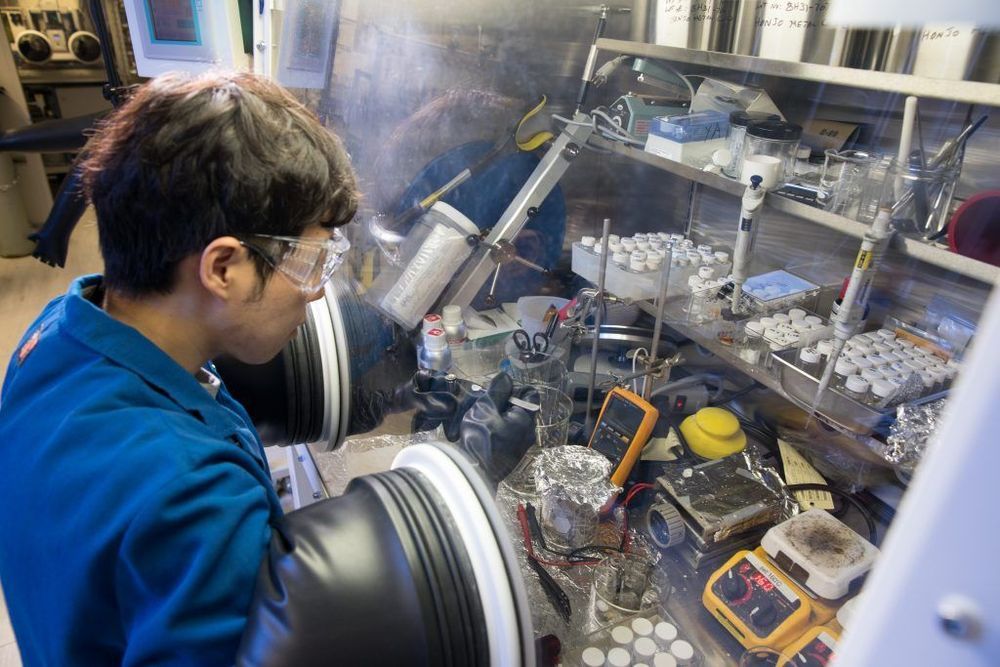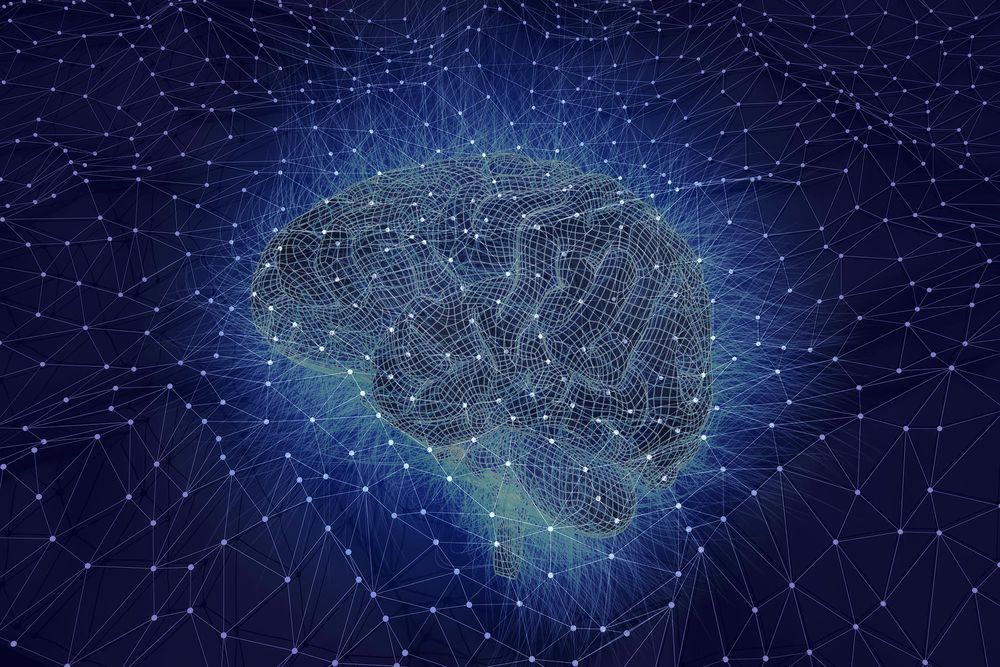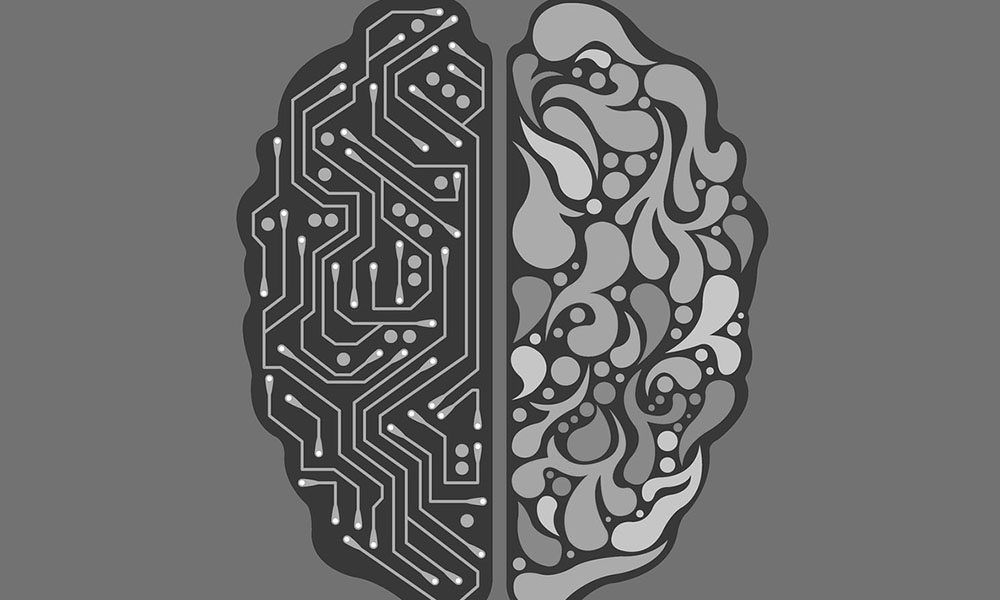Dec 25, 2019
Astrophysicists Developed a New Theory to Explain ‘Dark Energy’
Posted by Paul Battista in categories: cosmology, physics
The fact that our Universe is expanding was discovered almost a hundred years ago, but how exactly this happens, scientists realized only in the 90s of the last century, when powerful telescopes (including orbital ones) appeared and the era of exact cosmo.
International Journal of Modern Physics has published an article by the IKBFU Physics and Mathematics Institute Artyom Astashenok and the Institute’s MA student Alexander Teplyakov. The article refers to the issue of the “Dark Enegry” and an assumption is made that the Universe has borders.
Artyom Astashenok told:


















